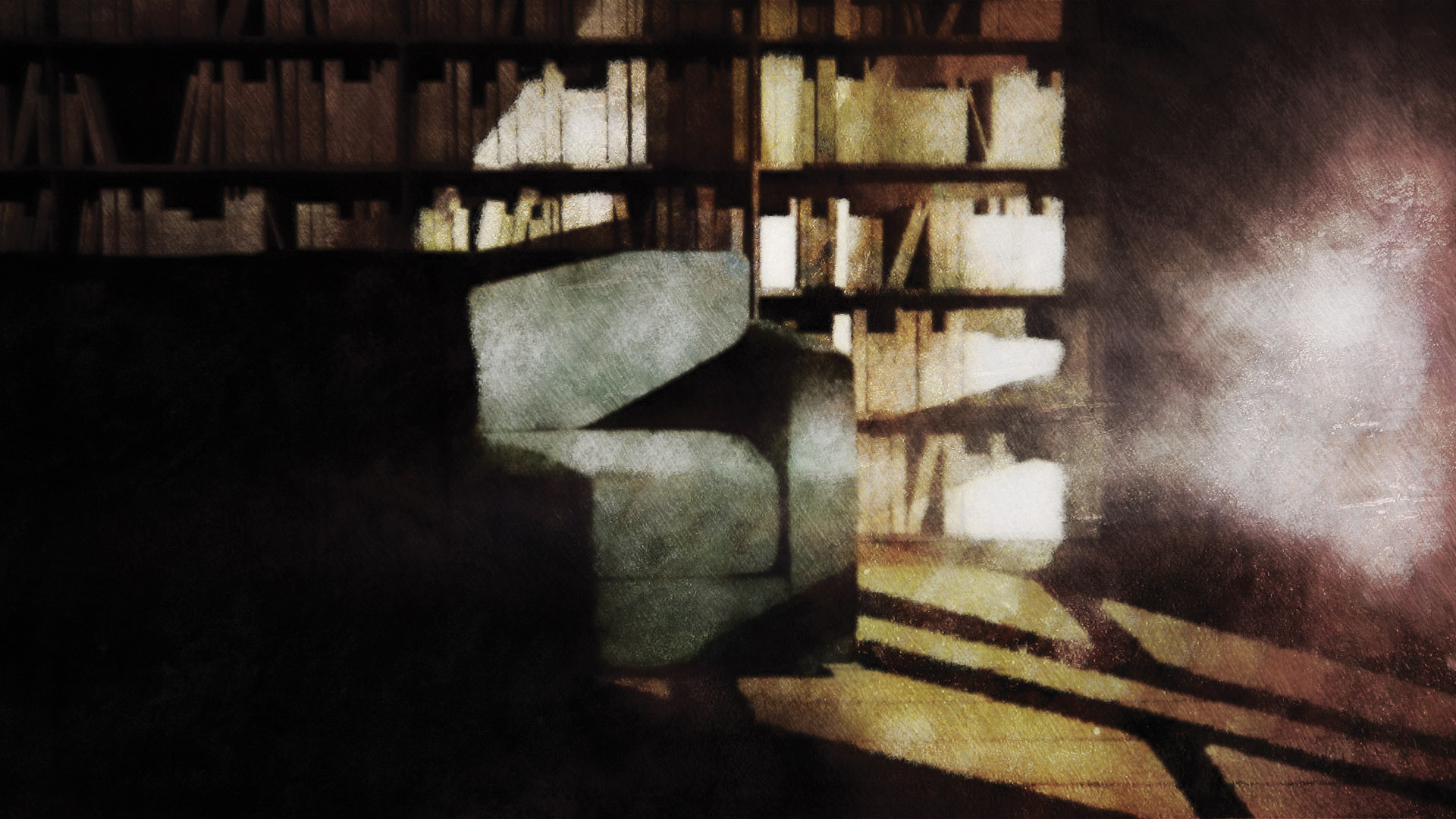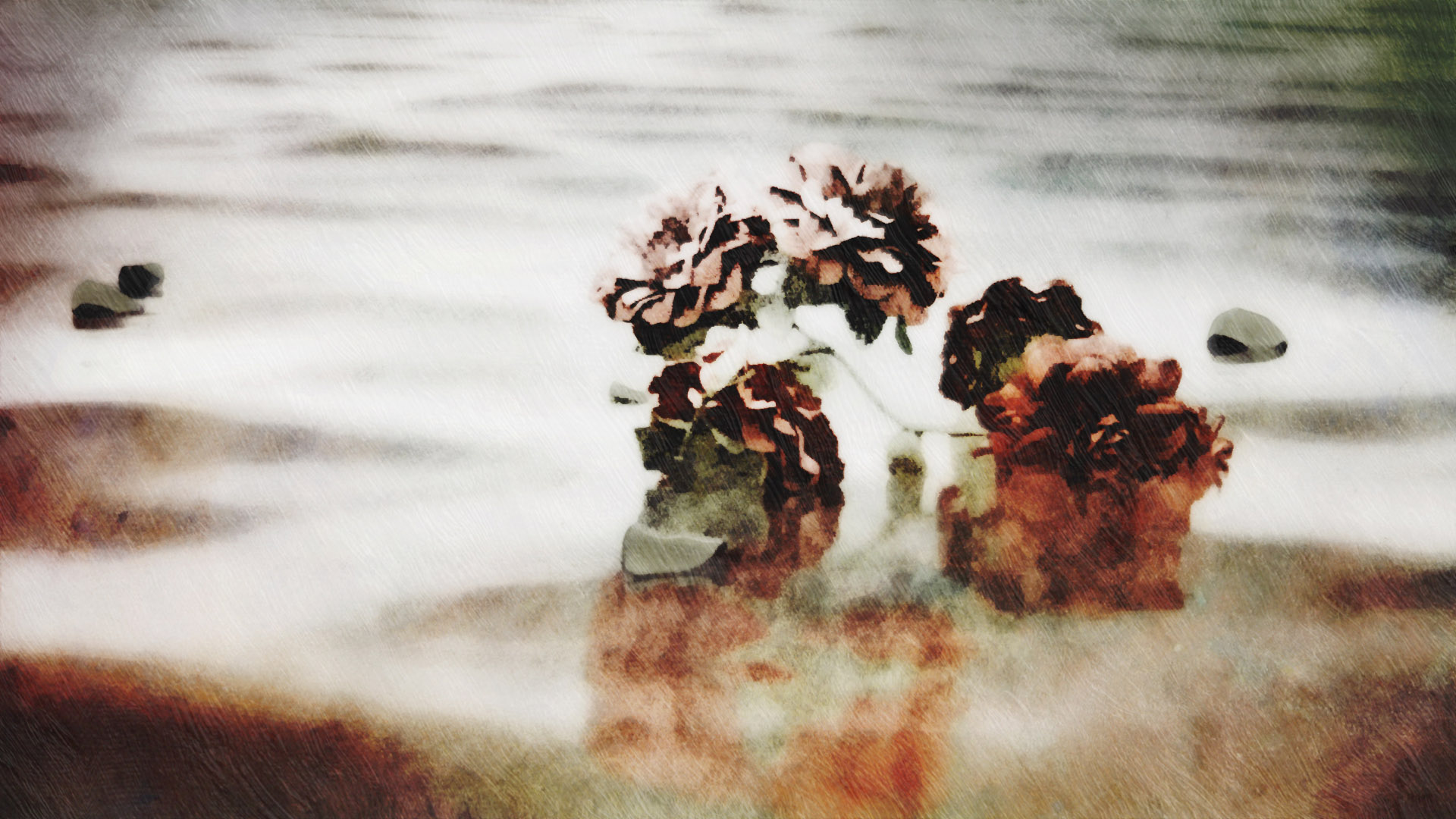Breakfast with Seja comor for [Anyhow, anyway]
Interview with Catarina Romano, director of Seja como for [Anyhow, anyway]
Seja como for translates as “Anyway, anyhow”. Why did you choose this title for your short?
The title is a message of hope, focussing on her liberation. We may live in difficult times, we may feel that the values of our society are changing, we have to deal with economic crises, financial insecurity, but we will overcome our difficulties anyway.
The film deals with confinement, financial insecurity, depression, but it also shows a character who manages to overcome this struggle and liberates herself. Do you think this is an important theme to show in films today?
In my country, after the economic crisis, there was a rise in unemployment, troika imposed new legislation and much of the rights of the workers were lost. Financial insecurity became normal. We know that women are the ones who suffer the most in these situations. Some of my friends were unemployed and economically dependent on their partners, which left them in a very difficult situation. At the same time all the feminist discussions were taking place, as if time itself was moving back and forward simultaneously. I think that three years later, now that the film is finished, this feeling is stronger. We may face the end of our time with a full-blown environmental crash or with a nuclear war. The rights of people around the world are being taken away, the far right is stronger and, at the same time, a lot of movements and projects that fight for a different future are springing and gaining momentum everywhere. I believe that we must use all our resources to think, to experiment, to act, in order to have the strength to hold our future in our hands.
Can you say a few words about the animation technique?
The film was animated with recourse to 3D software. We have the characters and the sets inside the software and the animators do the key poses. In post-production we added textures and colour in order to give the film a feeling of a painting, to further develop one of its concepts. The character was inspired by classical paintings, from a time when women were mostly represented by men in an idealised manner. If these idealised characters were represented and imagined by women, what would they do?
What was the hardest part for you while making Seja como for and why?
The beginning and the end of any film are always the hardest. In the beginning until the animatic is closed, that moment, for me, where the film is born, full of uncertainty, is very difficult. It is impossible to control completely the creative process. The results we want and what will be achieved and the time that it will take are a work in progress. In the end there is the pressure between the budget limitations, the deadlines and the level of perfection we aim for.
What do you think the future holds for short films?
I hope that the current interest in online streaming, where there is a higher demand for short films, will continue to push this format as a privileged one for experimentation and creative freedom and that it continues to be a thriving space for independent cinema.
If we were to go back into lockdown, what cultural delights would you recommend to alleviate our boredom?
I would recommend ubu.com, monoskop.org and disruptionlab.org.
Seja como for [Anyhow, anyway] is part of International Competition I9.










